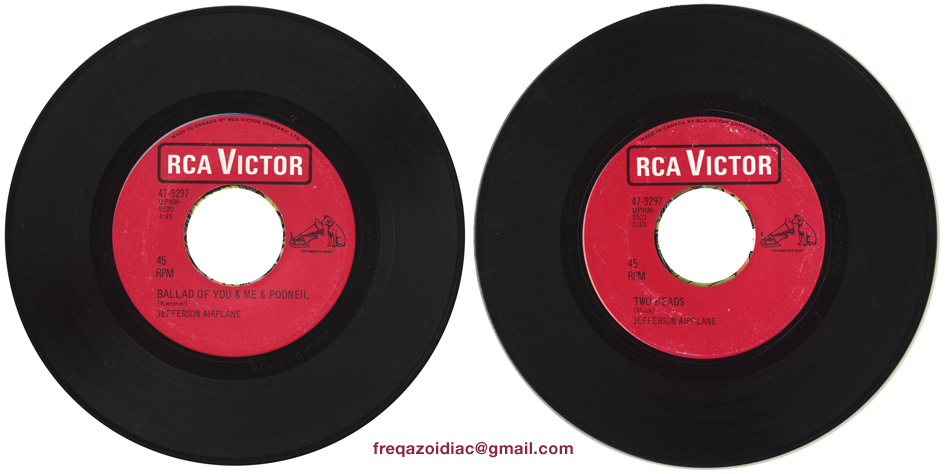

Clicks may be detected and removed in manual mode, permitting ClickRepair to be used with difficult music types. If you find automatic settings which work well, you should save them with names that suggest the music type for which they were satisfactory.ģ. Automatic processing may not work well with some types of music.Ģ. While many users report excellent results using automatic processing with appropriate settings,ġ. It is also possible to stop at Markers previously inserted by a suitable sound editor. It is designed to run automatically, although there are mechanisms for manual intervention. This includes standard CD and DVD audio formats. It is indeed surprising how annoying and disturbing a sprinkling of clicks and dust specks can be to the listening experience.ĬlickRepair works with mono or stereo sound files up to 32 bits at 96 kHz. The underlying philosophy of Click- Repair is to preserve that 99.5% and use it to find and replace the damage. If the source material is an LP record in good condition, captured on good equipment, it is quite possible that the 99.5% sounds at least as good as, or even better than, a typical CD. For records in reasonable condition, this means that 99.5% or more of the audio is unchanged. * Filtering the file with a "noise filter" degrades the musical content whilst merely reducing intermittent noise such as clicks and crackle.ĬlickRepair is not a noise filter it searches for, and repairs, localised damage. * Repairing damage without a high degree of automation is very time consuming. * It is impossible to distinguish music from damage, with absolute certainty. It is important to understand the following points: This kind of intermittent noise is typically the result of damage due to scratches, dust specks, etc. The French Manual has also been updated by Philippe Bonin.ClickRepair declick and decrackle your audio, a program for locating and repairing damage due to scratches, dust specks.ĬlickRepair is an application for cleaning clicks and crackle from audio files produced by digitizing vinyl (LP) and shellac (78) records.

The manual has been expanded as a result of these changes.

Visual feedback has been updated to allow the user to simultaneously monitor the operations of declick, decrackle, and pitch detection. However, the maximum sensitivity (100) remains unchanged, for the benefit of users with older material. The detection and repair algorithms have been improved – with the new version it is much more likely that marginal and/or false repairs will amount to minor changes.įollowing user feedback, the sensitivity settings have been re-defined, with the new numbers (0–100) corresponding to lower sensitivity than in version 1.3.2. Both of these restrictions have been removed. The previous method for shellac (78) material involved both pre-mixing and post-filtering. The previous method for mono material, which simply pre-mixed to a single data stream, is replaced by independent treatment of the channels, followed by an automatic merge. There is a new algorithm for protection of brass instruments and other highly pitched material. The previous method of processing each channel as a single stream are still available as an option (with some improvements to the algorithms). There is a new processing method which splits the audio data (in each channel) into two streams, using the theory of wavelets. Some of the changes will be obvious (to existing users) from the interface. Version 2.0.1 (build 33c) released September 21, 2006:ĬlickRepair 2 is greatly changed and enhanced compared to the previous version 1.3.2. Version 2.0.2 (build 33d) released October 21, 2006:įixed bug which could cause processing to stall in some exceptional circumstances.


 0 kommentar(er)
0 kommentar(er)
